Overcoming the challenges from the unpredictable developments of the world economy , the Vietnamese textile and garment industry reached the finish line in 2024 with quite impressive results. The industry is promoting market expansion, being sensitive in model transformation, investing in machinery, equipment and products to improve internal strength, effectively exploiting orders, boldly setting an export target of 47-48 billion USD in 2025.
Maintain growth
Looking back at the textile and garment industry's journey in 2024, Mr. Vu Duc Giang, Chairman of the Vietnam Textile and Apparel Association (Vitas), said that this was a year with many ups and downs as the export market did not show many positive signs in the first 6 months of 2024. However, by July 2024, orders suddenly poured in, ending 2024 with an export turnover of 44 billion USD. Thanks to that, Vietnam is considered to have achieved the best growth rate among textile and garment exporting powers.
In particular, ending 2024 with an export turnover of 44 billion USD, the textile and garment industry is assessed to have achieved the best growth rate among textile and garment exporting powers; in 2024, the trade surplus reached 19 billion USD, an increase of 6.93% compared to 2023. With this result, Vietnam rose to 2nd place after China in total textile and garment export turnover, above Bangladesh. In particular, the United States is still Vietnam's largest export market with an estimated turnover of 16.71 billion USD, an increase of 12.33% compared to 2023 and accounting for 37.98% of total export turnover; Japan is estimated at 4.57 billion USD, an increase of 6.18%, accounting for 10.39%; the EU is estimated at 4.3 billion USD, an increase of 7.66%, accounting for 9.77%.
Vitas said that currently, most textile and garment enterprises have orders until the first quarter of 2025 and are negotiating orders for the second quarter of 2025. The reason is that enterprises have taken advantage of shifting export orders to Vietnam, quickly adapting to the requirements of the import market. Along with that is the application of technology and automation solutions to improve labor productivity.
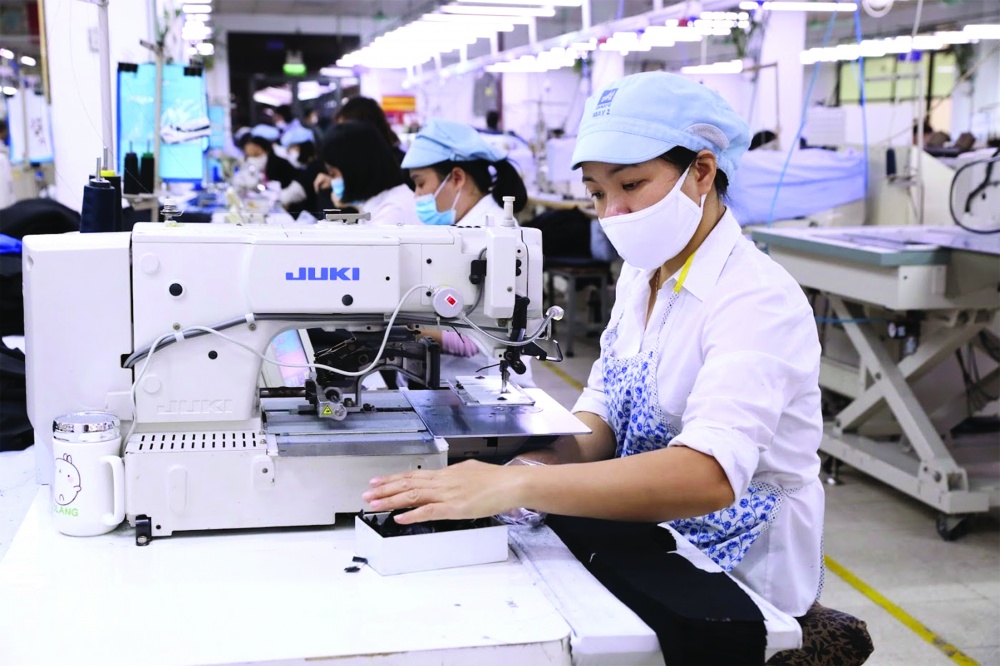 |
| Textile and garment industry targets export turnover of 47-48 billion USD by 2025 |
Advantages and challenges go hand in hand
Entering 2025, textile and garment exports are expected to continue to grow well, continuing the foundation of 2024. Not only market factors, but also the product supply capacity of Vietnamese enterprises has been improved with the goal of providing orders at good prices, while still maintaining quality to maintain sustainable cooperative relationships. Most enterprises in the industry have been sensitive and flexible in converting models and investing in machinery and equipment.
In addition to improving skills and increasing productivity, units need to have policies to attract and retain workers to ensure resources for production and promote growth. Mr. Vu Duc Giang commented that the textile and garment industry currently has many advantages when 17 out of 19 new-generation free trade agreements have come into effect. In addition, the industry also absorbs automation technology, digital management, and adapts well to the requirements of sustainable green standards from many export markets.
A representative of the Vietnam National Textile and Garment Corporation (Vinatex) said that Vietnamese textile and garment enterprises are also preparing to receive orders shifting from China in the coming time.
However, businesses in the industry are also facing new challenges in 2025, such as low order prices while input costs continue to increase; brands have major changes in purchasing methods, as well as regulations related to payment and reduced output.
According to Mr. Giang, new regulations with strict criteria and standards related to “greening” in production, self-sufficiency in raw materials, etc. are the immediate problems that textile and garment enterprises will continue to face in the coming year. In addition, facing fierce competition from the supply market, Vietnamese textile and garment enterprises must also meet strict requirements on labor standards, traceability and low carbon emissions from major export markets such as the EU.
Vinatex General Director Cao Huu Hieu said that one of the difficulties facing businesses in recent times is the shortage of labor, which affects production and business activities. If this bottleneck is not resolved soon, the textile and garment industry's export target of 48 billion USD will certainly be significantly affected.
Faced with increasingly fierce competition in the labor market, General Director of Garment 10 Corporation Than Duc Viet suggested that it is necessary to have human resource planning according to the national economic development strategy, in which there should be clear planning of labor resources for each industry. Otherwise, labor shortages will continue to recur.
Source: https://thoibaonganhang.vn/xuat-khau-det-may-duy-tri-da-tang-truong-159844.html



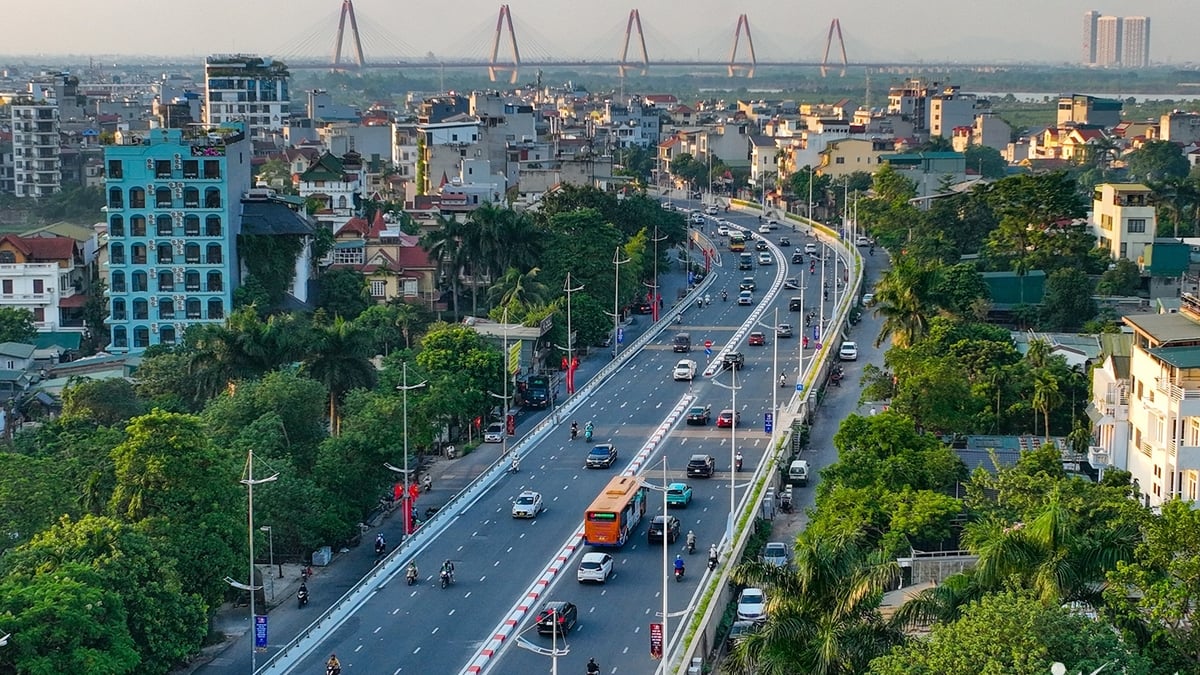
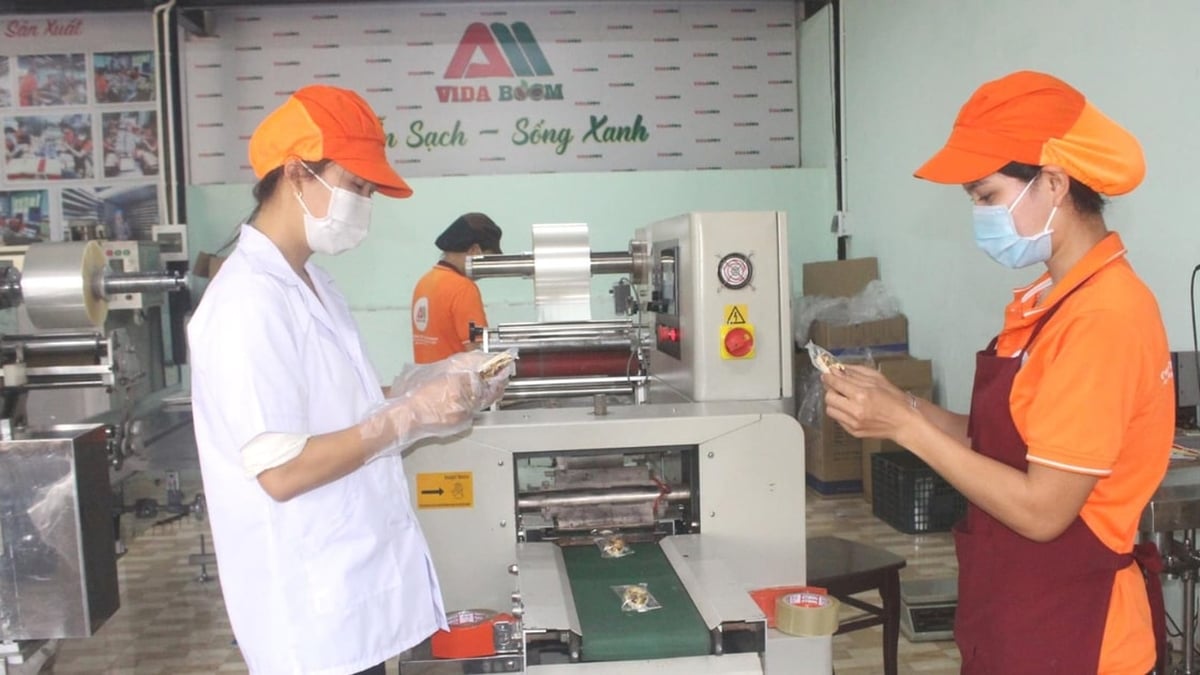



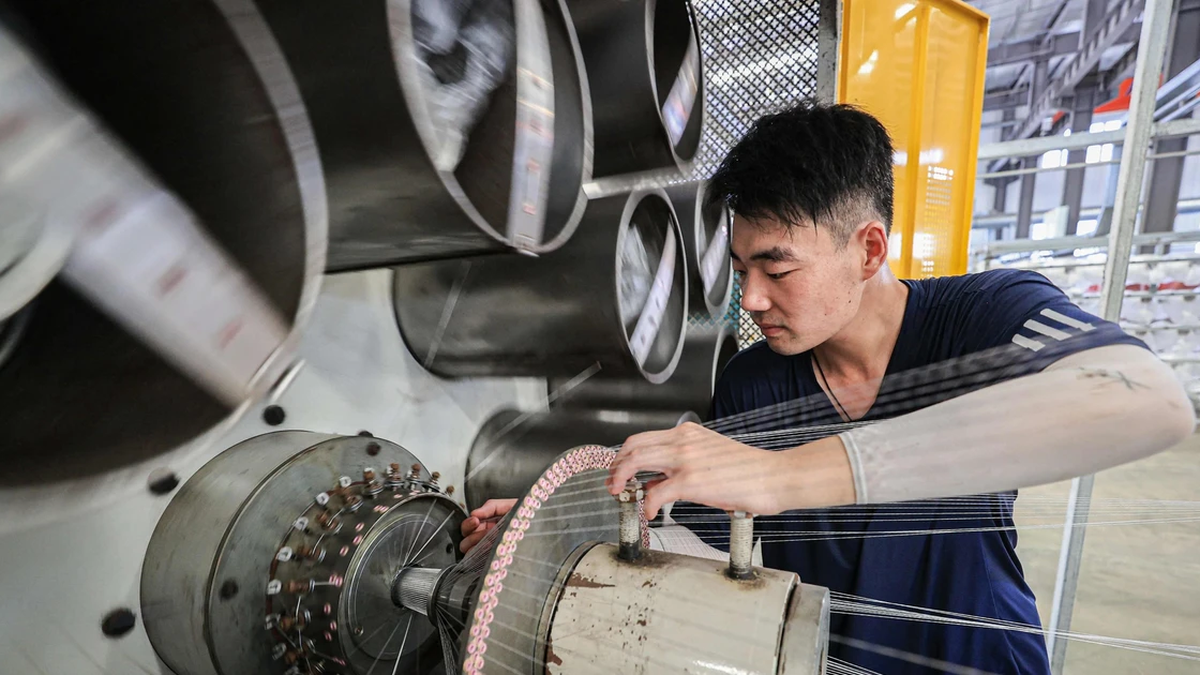
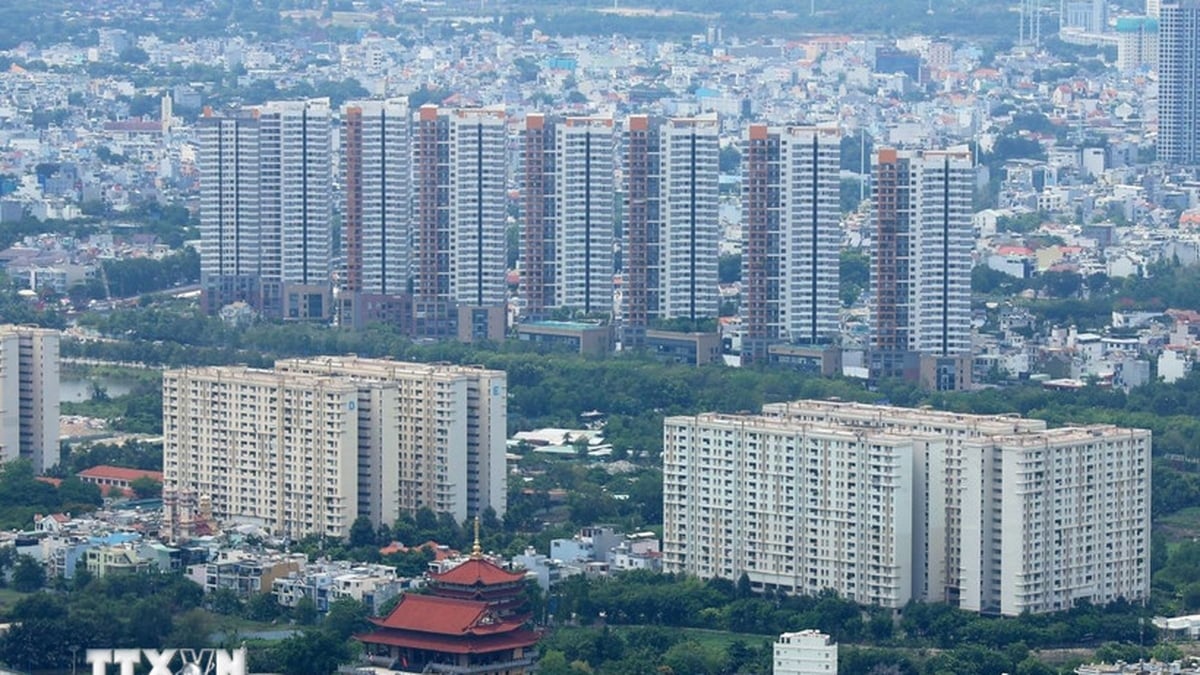






































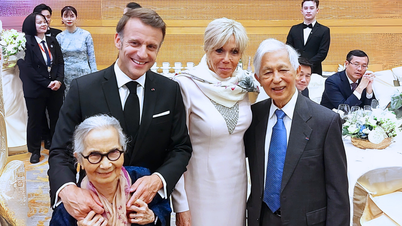




























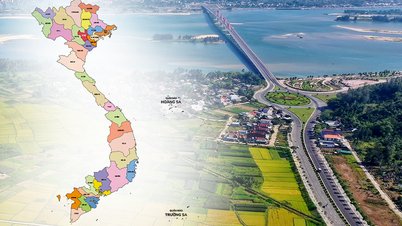


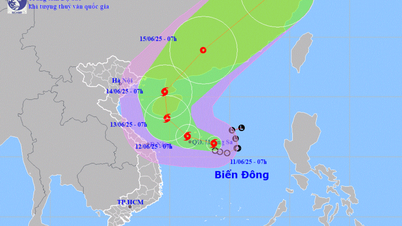










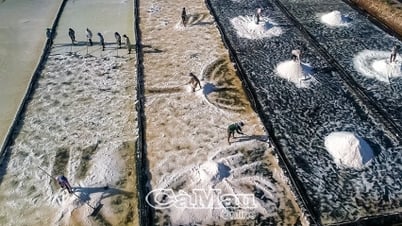







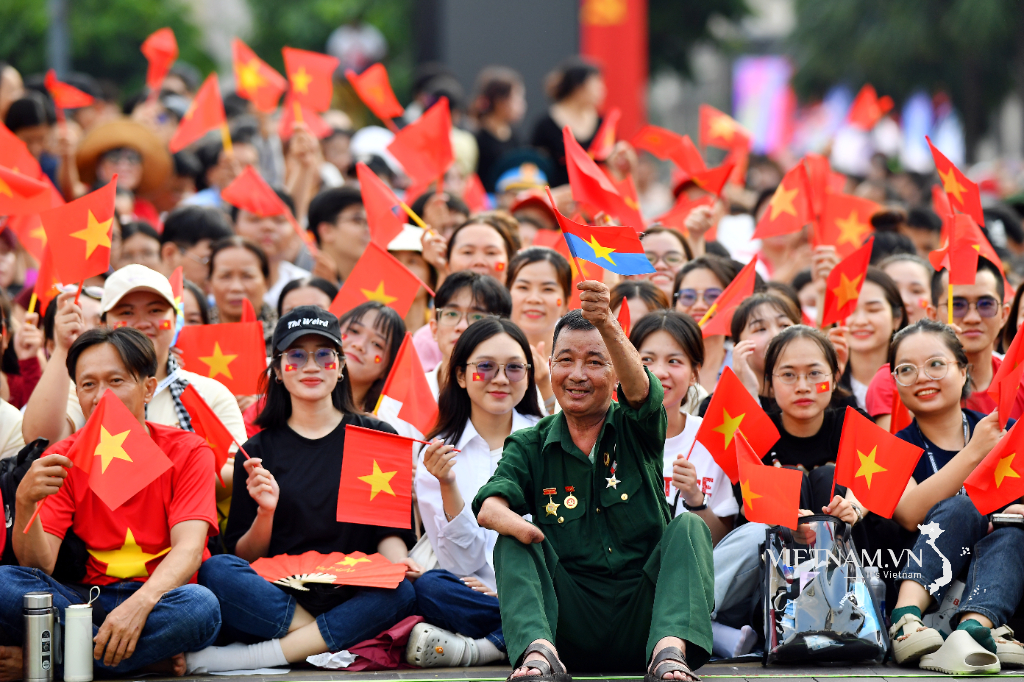
Comment (0)